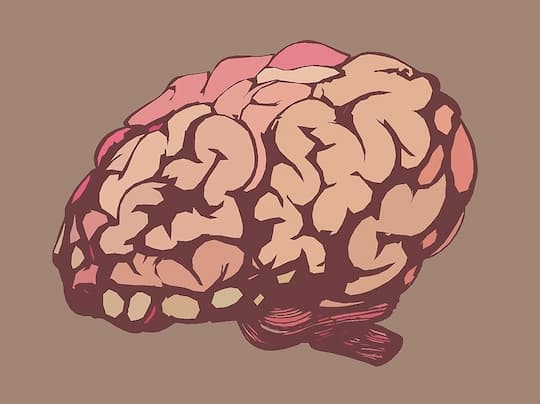Could there be a ‘dimmer switch’ for depression?
People who are depressed may have hyperactivity in a part of the brain known as ‘the disappointment circuit’, a study finds.
Scientists led by Professor Roberto Malinow of the University of California, San Diego, found what could amount to an antidote to feeling let-down.
The study focused on a part of the brain called the lateral habenula, which has been linked to the feeling of disappointment which follows from the absence of an expected reward.
Professor Roberto Malinow, who led the study, said:
“The idea that some people see the world as a glass half empty has a chemical basis in the brain.
What we have found is a process that may dampen the brain’s sensitivity to negative life events.”
The neuroscientists found that this area, unlike almost any other in the brain, produces neurotransmitters which both ramp up and damp down brain activity.
Dr Steven Shabel, the study’s first author, said:
“Our study is one of the first to rigorously document that inhibition can co-exist with excitation in a brain pathway.
In our case, that pathway is believed to signal disappointment.”
The study may help to explain why people experiencing depression tend to concentrate so much on negative events.
Depression has already been linked to hyperactivity in the lateral habenula in previous studies.
Until now, though, scientists have not understood how the brains of healthy individuals damp down activity in the so-called disappointment circuit.
Dr Shabel said:
“The take-home of this study is that inhibition in this pathway is coming from an unusual co-release of neurotransmitters into the habenula.
Our study suggests that one of the ways in which serotonin alleviates depression is by rebalancing the brain’s processing of negative life events vis-à-vis the balance of glutamate and GABA in the habenula.
We may now have a precise neurochemical explanation for why antidepressants make some people more resilient to negative experiences.”
The study was published in the journal Science (Shabel et al., 2014).

